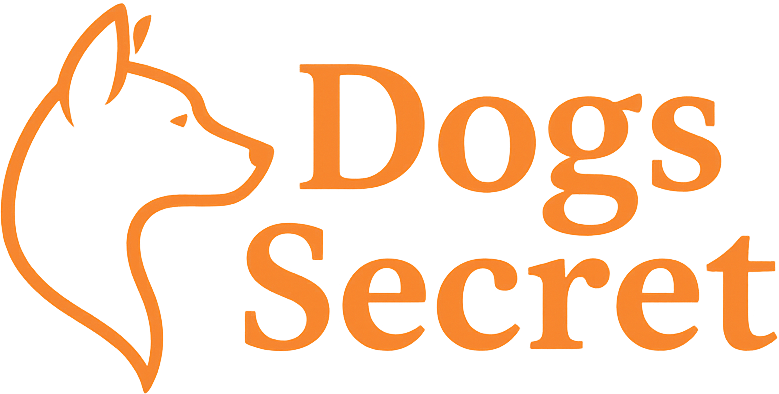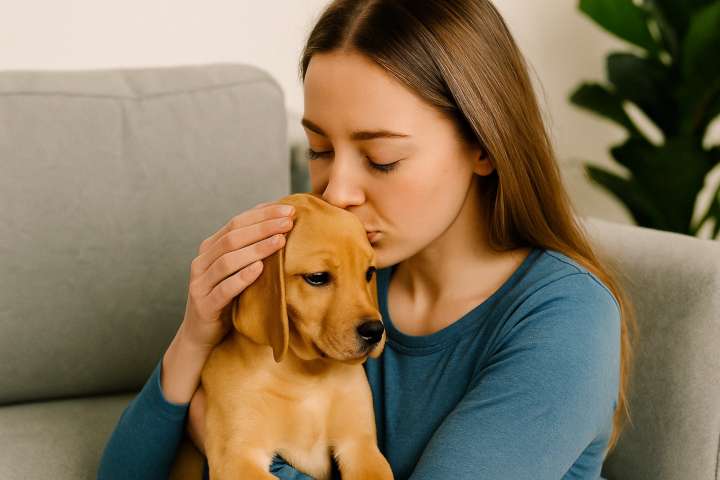New dog anxiety is a common challenge when bringing home a new puppy or rescue dog. While it’s a joyful experience, it often comes with stress—especially for dogs entering an unfamiliar environment. Whether due to past trauma, lack of socialization, or simply being overwhelmed by change, many dogs struggle to adapt at first.
Understanding how to recognize and respond to anxiety is essential for helping your new companion feel safe and secure. This guide explores the causes of new dog anxiety and offers practical, proven ways to comfort your dog during the adjustment period.
Why Dogs Experience Anxiety in New Homes
New surroundings, unfamiliar smells, strange sounds, and unknown people can be overwhelming. For rescue dogs, the transition may be even more stressful if they’ve experienced neglect, abuse, or frequent changes in environment.
Common causes of anxiety include:
- Separation from littermates or previous owners
- Sensory overload (noise, lights, other pets)
- Lack of routine or predictability
- Traumatic past experiences
- Under-socialization or fear of new stimuli
Signs of Anxiety in Puppies and Rescue Dogs
Recognizing the signs early can help you respond appropriately:
- Pacing or restlessness
- Excessive panting or drooling
- Hiding or avoiding contact
- Whining, barking, or howling
- Destructive behavior or accidents indoors
- Shaking, cowering, or tail tucked under
Some dogs may show only subtle symptoms, so it’s important to observe behavior closely during the first few days and weeks.
1. Create a Calm, Safe Environment
Designate a quiet, comfortable space just for your dog. This can be a cozy crate, a corner with a soft bed, or a low-traffic room where they feel secure. Keep noise and activity levels low, especially during the first 48 hours.
Avoid overwhelming your dog with too many visitors, children, or new stimuli right away. Let them settle in at their own pace.
2. Establish a Consistent Routine
Dogs thrive on structure. Feed, walk, and play at the same times each day to build a sense of predictability and trust. A stable routine helps reduce anxiety by showing your dog that they are safe and cared for.
Even simple habits, like using the same door for walks or saying the same phrase before leaving the house, can provide reassurance.
3. Use Positive Reinforcement
Reward calm behavior with treats, praise, or gentle petting. Avoid punishment—fearful dogs are already under stress, and discipline can worsen their anxiety.
Reinforce small steps of bravery: approaching a new toy, exploring a room, or coming when called.
4. Practice Gentle Socialization
Once your dog is more relaxed, slowly introduce them to new experiences: different people, places, and other animals. Keep these encounters short and positive.
Puppies especially benefit from socialization between 8 and 16 weeks, but rescue dogs of any age can learn to feel safe through gradual exposure and positive associations.
5. Consider Calming Tools and Products
If your dog continues to struggle, you can try:
- Calming pheromone diffusers or sprays
- ThunderShirts (compression vests for anxiety)
- Soft background music or white noise
- Natural calming treats (with vet approval)
In some cases, your veterinarian may recommend temporary anti-anxiety medications.
6. Be Patient and Present
One of the most powerful ways to comfort a nervous dog is simply being there. Sit nearby, speak in a calm voice, and offer comfort without forcing interaction. Let your dog approach you when they’re ready.
Building trust takes time. Every dog is different—some adjust in days, others need weeks or months. The key is patience, consistency, and compassion.
Conclusion
Helping a nervous puppy or rescue dog feel safe takes time, but the rewards are worth it. With gentle care, a stable routine, and lots of love, your dog will begin to relax, trust, and thrive in their new home.
Looking for more behavioral tips? Visit our Dog Behavior & Training section to learn how to build confidence in your dog and create a stress-free environment.

